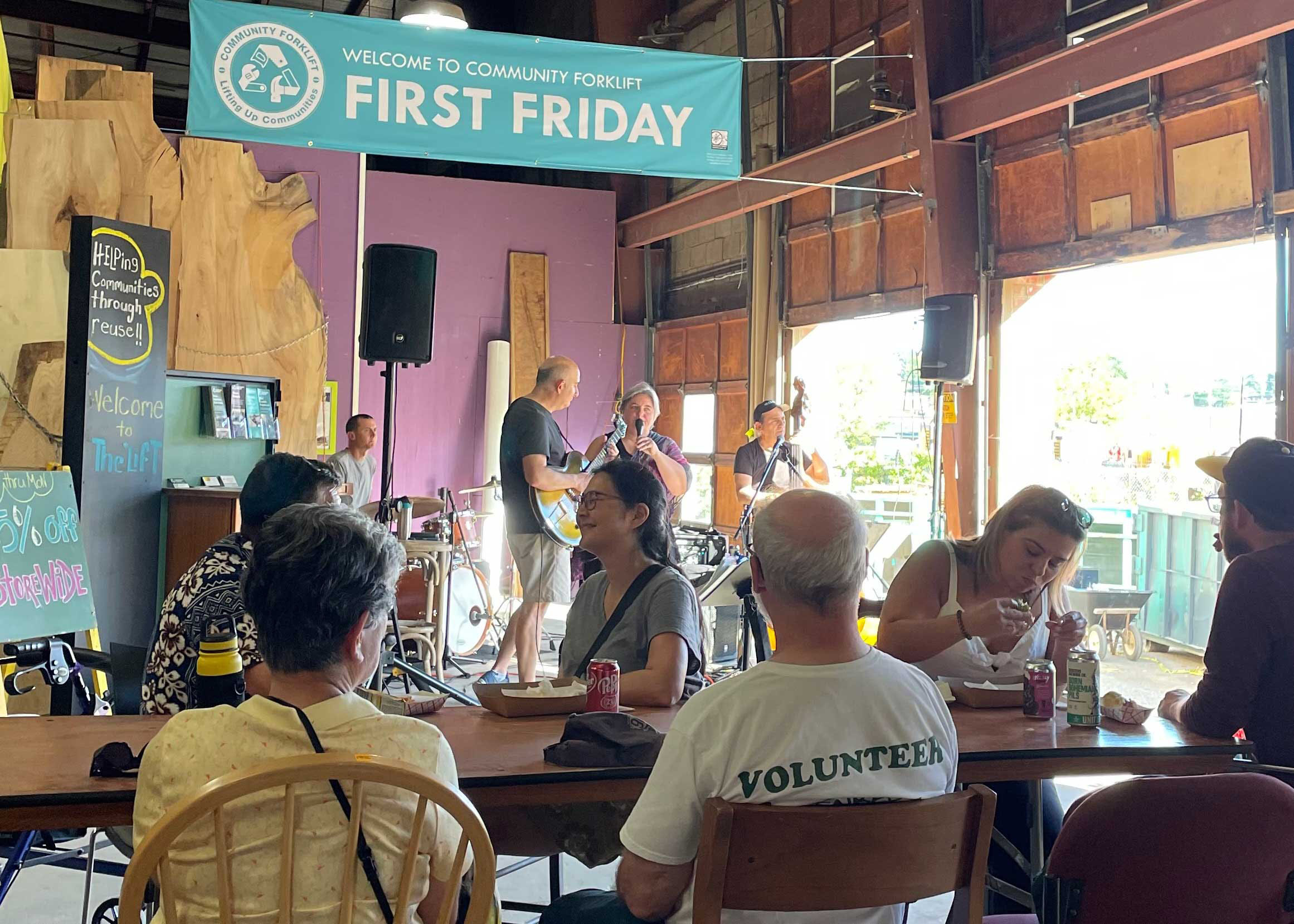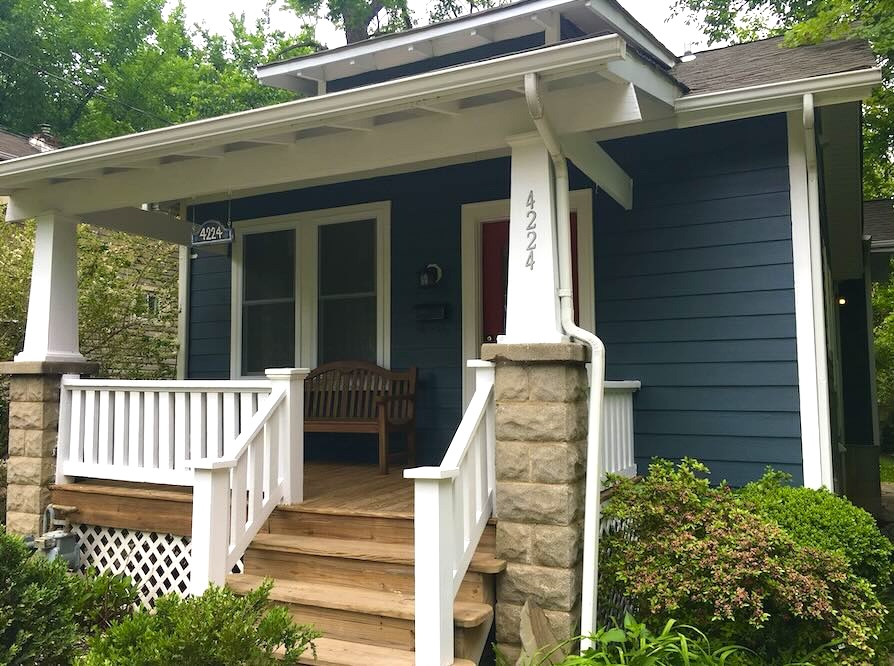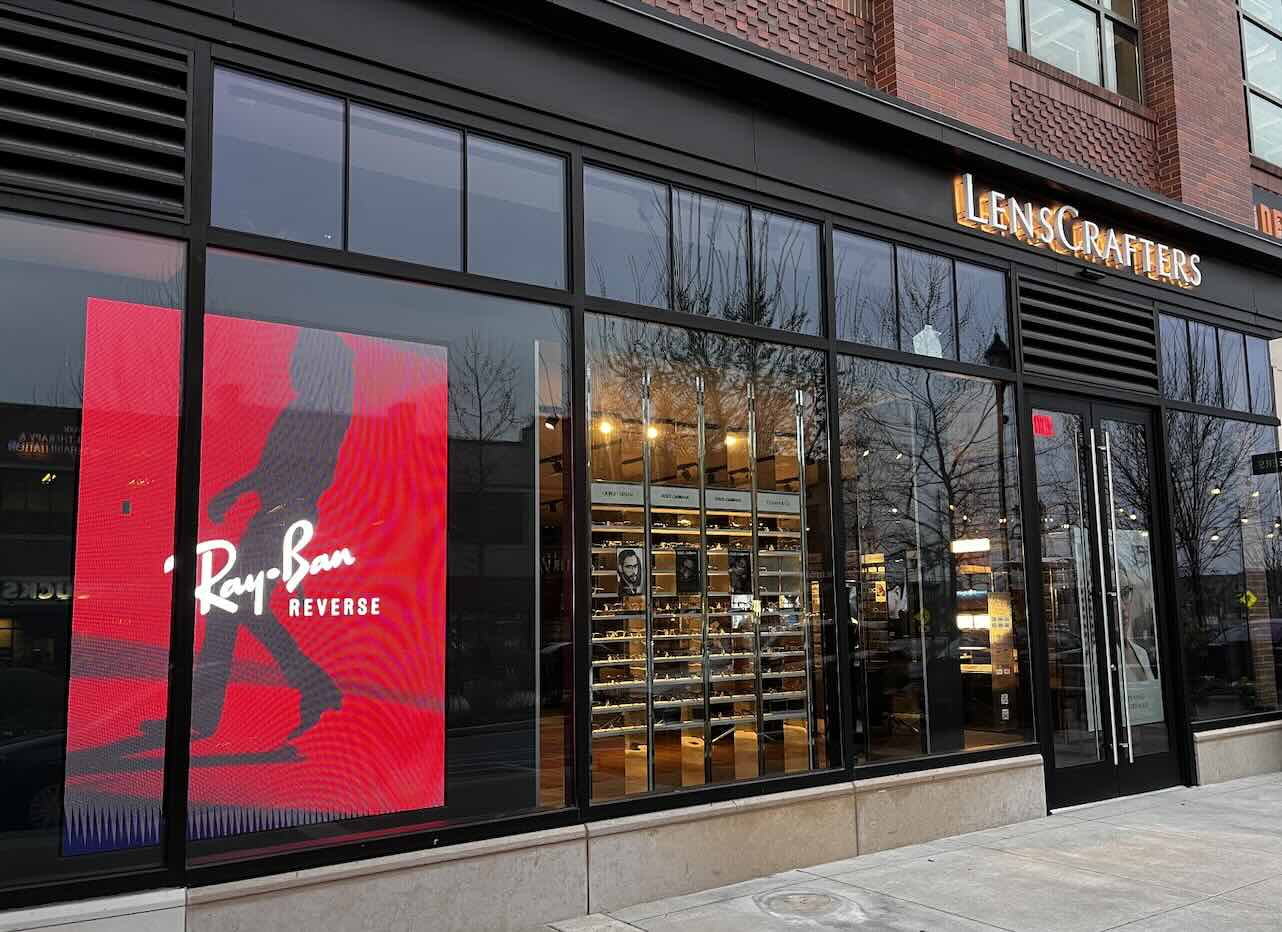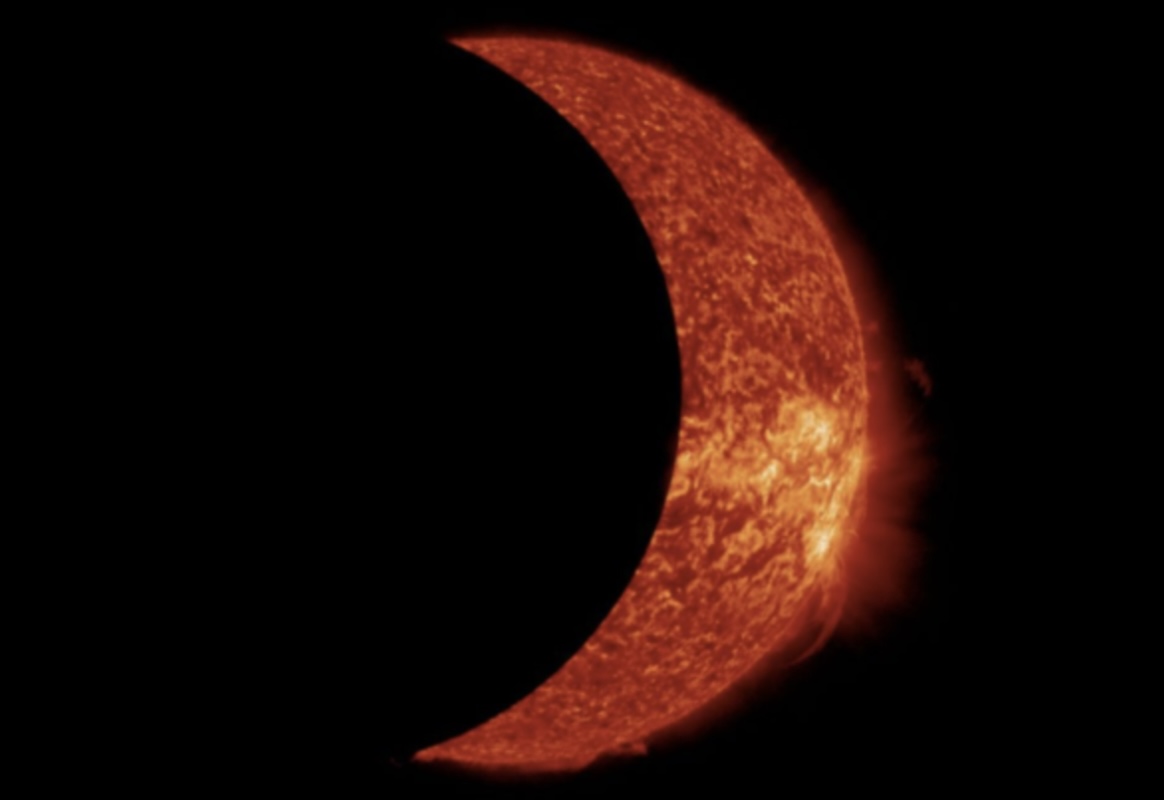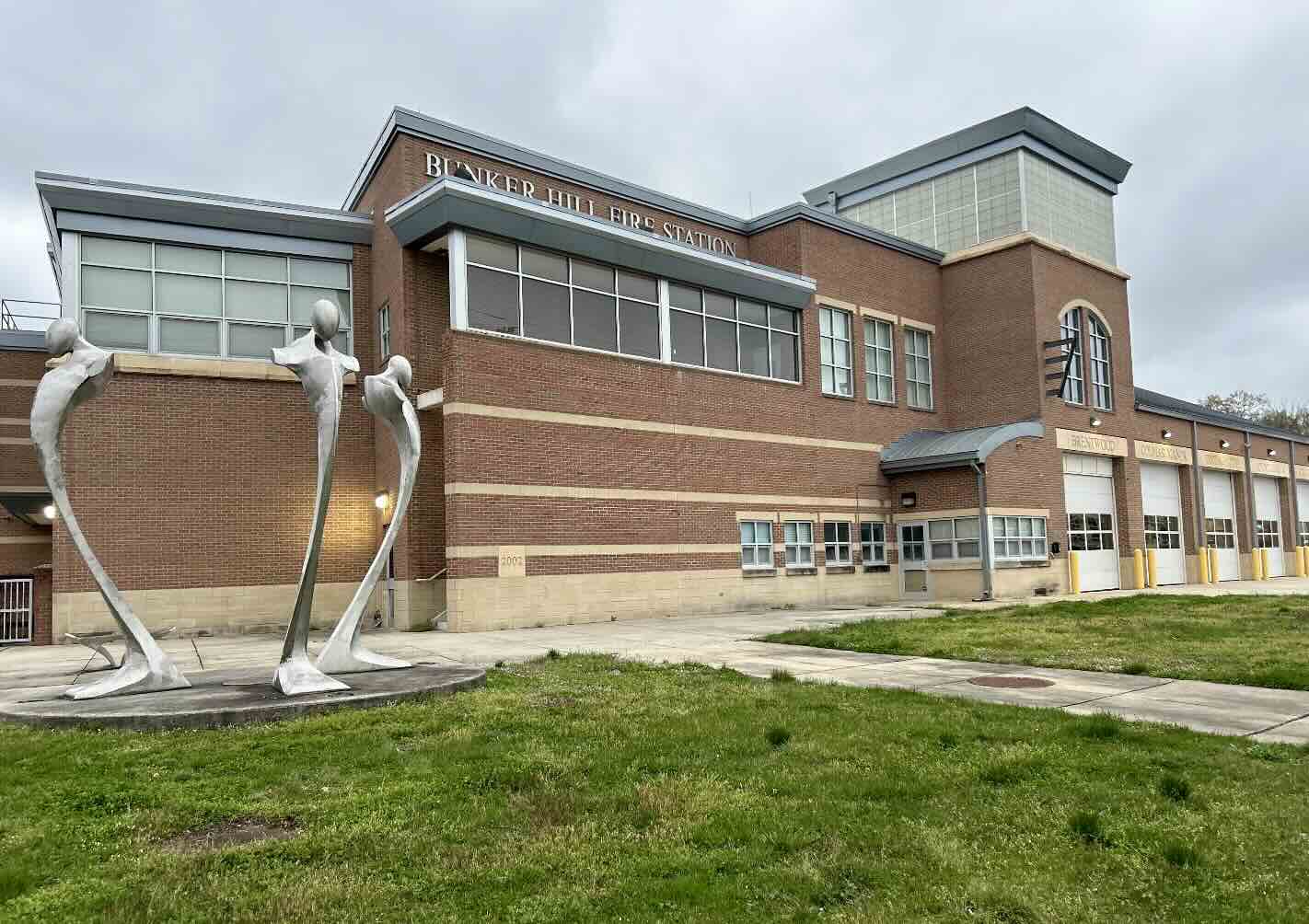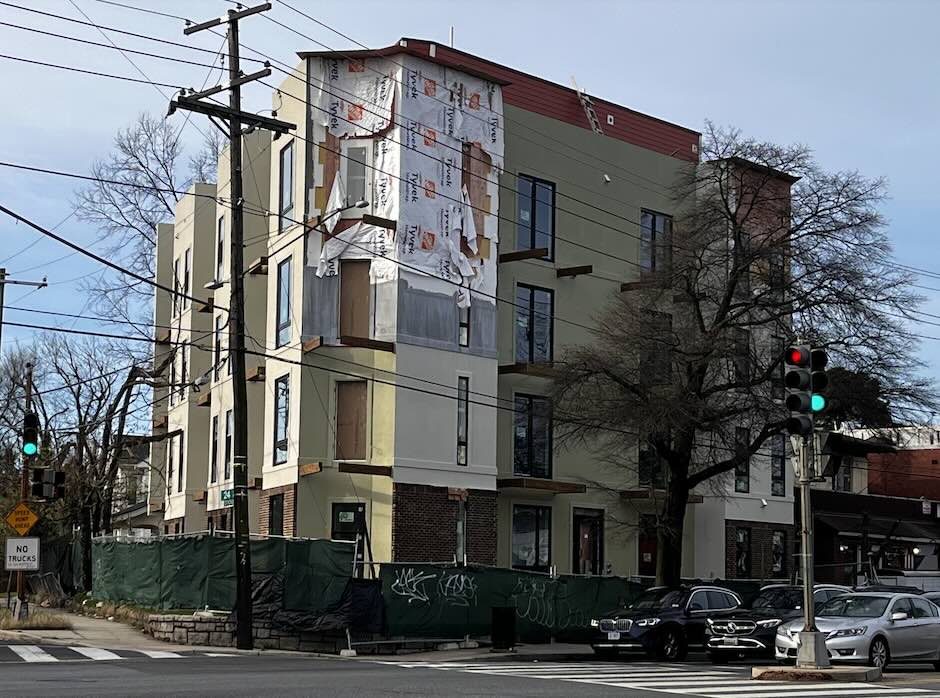
With “Hamilton” now streaming on Disney+, the infamous duel between Alexander Hamilton and Aaron Burr is once again in the news.
But another duel that took place right off the Route 1 corridor was just as consequential, and its 200th anniversary was somewhat overlooked this year as it happened just as the coronavirus pandemic began.
The March 22, 1820, duel between naval officer Stephen Decatur and Commodore James Barron led to the death of one of the nation’s top military officers, shocking the nation and leading to an outpouring of grief.
Decatur was a naval hero, a veteran of the Barbary wars and the War of 1812 and a member of Washington’s high society — something like a young and dashing version of a John McCain with a little Colin Powell thrown in.
Barron was another naval officer who had been court-martialed for being unprepared in a fight with a British ship searching for deserters, a controversy known as the Chesapeake–Leopard affair after the names of the two ships.
Six years later, Barron sought reinstatement to the Navy. Decatur, who served on the court-martial panel, was among those who opposed it and made disparaging remarks about Barron. Seeing an affront to his honor, Barron challenged him to a duel.
At the time, duels were a common way for military officers to settle disputes, and they didn’t always end in death. Sometimes, the seconds — trusted friends brought by each party — negotiated an apology at the dueling site. At other times, duelists would start back-to-back and then pace away from each other before turning to fire, which made it more likely they would miss. And duelists also purposefully missed each other.
But when Decatur and Barron met at 9 a.m. on a Wednesday at the Bladensburg dueling grounds, the terms were less generous. The two would start face-to-face, just eight paces apart. The seconds negotiated for another 45 minutes, and then, just before the duel, Barron spoke personally to Decatur about finding a way to reconcile, but the seconds took no further action.
At the count of one, both men shot — and both hit their targets. Barron was shot in the lower abdomen; Decatur, the pelvic area. Both men fell to the ground.
As they lay on the grassy field, bleeding, the two men were — to the modern observer — strangely conciliatory. Barron said the duel was done honorably and forgave Decatur, while Decatur tried to bring Barron back with him to Washington in a carriage and called “farewell” to him as he left.
Decatur was taken to his home on Lafayette Square (now a museum), where he died around 10:30 p.m. He was just 41. Barron survived his injury.
Decatur’s funeral was attended by President James Monroe, members of the Supreme Court, most of Congress and more than 10,000 residents of the Washington area. Both top naval leaders and low-ranking seamen were in the audience.
Dueling persisted through the 1860s, but it gradually declined. Always controversial, it was already illegal in the nation’s capital — which was why duelists met across the border with Maryland in Bladensburg — as well as a growing list of states. But it was deaths like Decatur’s that helped turn public opinion strongly against it, which did more than any law to end the gruesome practice.












